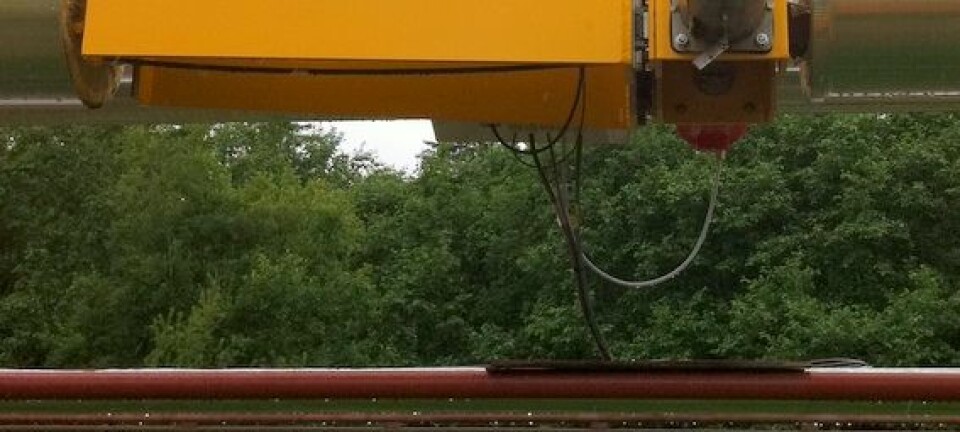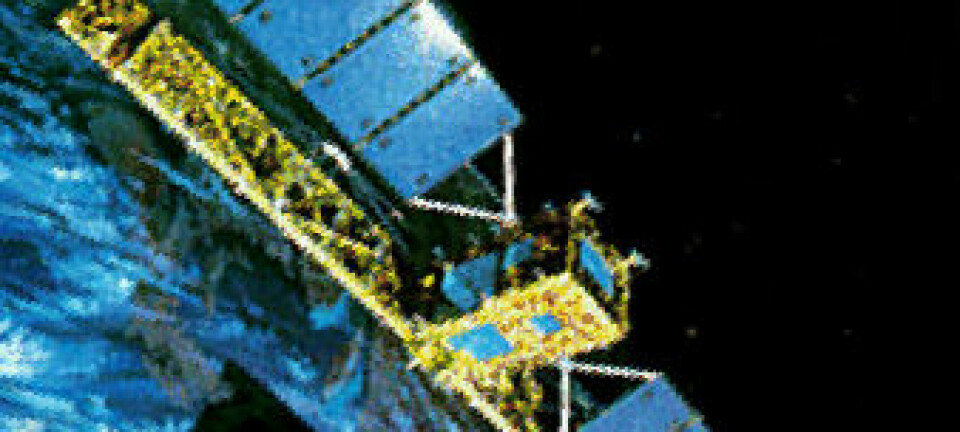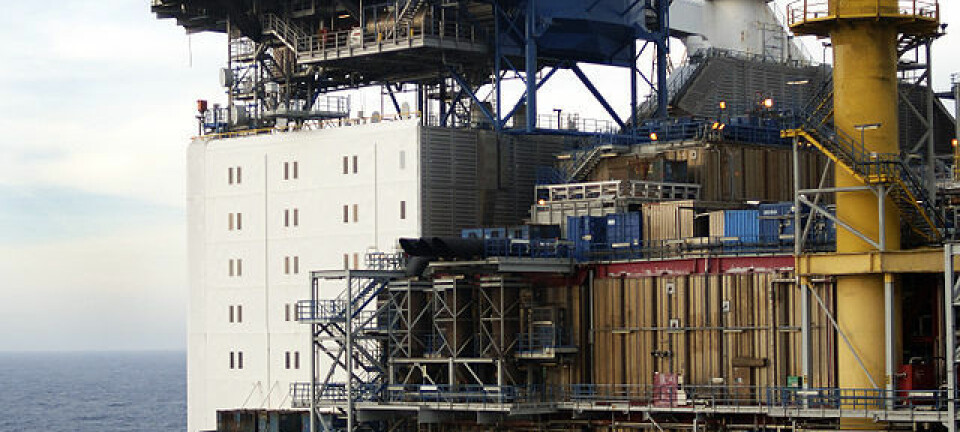An article from Norwegian SciTech News at SINTEF

Green light for the world's first intelligent oil pipelines
Electronics installed in Norwegian oil pipelines have been tested both at sea and in transport vessel reeling simulations. All that now remains is to install them offshore.
Denne artikkelen er over ti år gammel og kan inneholde utdatert informasjon.
In recent years, researchers have been developing oil pipelines that can provide real-time condition monitoring reports by means of transmitting data to shore.
Last autumn, 200 metres of pipeline were laid in Orkanger harbour in Norway, to find out if the electronics would survive being submerged and the sensors succeed in transmitting data onshore.
"The tests were successful", says project Manager Ole Øystein Knudsen.
Since then the researchers have carried out so-called "reeling tests" to investigate whether the electronics remain intact when the pipeline is reeled onto drums prior to transport offshore.
"Pipes are stretched and deformed during such tests, and because the electronics are vulnerable to bending, some of the sensors were destroyed", says Knudsen.
"But now that we know what happened we can make some small modifications to better protect the electronics", he says.
Need for real-time information
As oil production moves into even deeper and more environmentally sensitive waters, the pipelines carrying the hot wellstream to a production platform have to be in good condition.
Instead of basing condition monitoring on safety measures and inspections made every five years or so, the aim of this project has been to obtain continuous real-time information which will enable an entirely new approach checking pipeline status.
Belts packed with electronics
SmartPipe pipelines carry out condition monitoring in real time. This is achieved by installing belts around the pipelines packed with a multitude of sensors which measure pipewall thickness, tension, temperature and vibration.
The sensor belts are located at 24-metre intervals along the length of the pipeline. A thick insulating layer of polypropylene covers the outside of the steel pipe construction, and this is where the electronics are concealed. It is also through this layer that wireless data transmissions can be sent either onshore or to the production platform.
US interest
After a year of tests, the project is now moving into its pilot phase.
Knudsen says that the project has been visited by an American oil company with whom he is having negotiations.
"The company contacted us following the Gulf of Mexico accident", he says.
"Initially, they started their own project because they anticipated the future introduction of stricter pipeline monitoring regulations. But when they discovered that SmartPipe had come further down the road, they contacted us. We think this could be a commercial winner", says Knudsen.
From regulatory to real-time monitoring
The researchers see a number of benefits of the new pipelines. Since many pipelines also carry produced water from the reservoir, they are vulnerable to corrosion. This can be counteracted by adding small concentrations of inhibitor substances. However, errors in concentrations may occur and it may be some time before they are discovered.
This may mean that a pipeline has to be decommissioned earlier than planned. Current pipeline condition monitoring by means of inspections and checks is also expensive.
The new system will make it possible to identify errors at an early stage and make adjustments.
Another important consideration is the monitoring of free-span sections of pipeline. In areas of undulating seabed, free-span sections may start to swing in response to marine currents.
"The new pipes mean that we can measure fatigue development and thus get accurate estimates of pipeline lifetimes", says Knudsen.


































